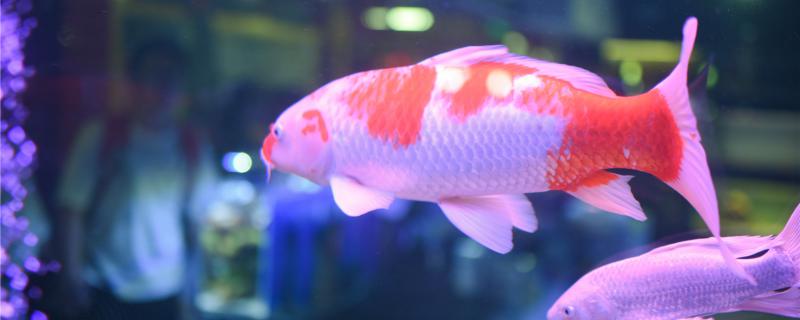
? Koi and carp can be mixed. They both belong to Cyprinidae and have the same requirements for water quality. In polyculture, fish of the same size should be selected, and in order to avoid cross-infection, there should be a Kalijing fish pond filtration system.
2. Polyculture technology: If the technology of polyculture is not in place, the koi and carp will be injured. Therefore, it is necessary to learn the breeding technology and understand their living habits and temperament, so that the polycultured fish can thrive.
3. Feeding tools: Do not mix too many koi and carp in the fish tank, because their growth rate is very fast. When they are just bought, they are only tens of centimeters, but later they will grow bigger and bigger, which will eventually make the fish have no free space environment.
4. Food: Cyprinidae fish is a kind of fish with miscellaneous feeding habits, such as Chironomid larvae, screws, plant seeds, etc. New fish friends should not plant aquatic plants in the fish tank to avoid being eaten by fish. In addition, the broken aquatic plants will pollute the water quality and easily produce bacteria, which is not conducive to the growth of polyculture fish.